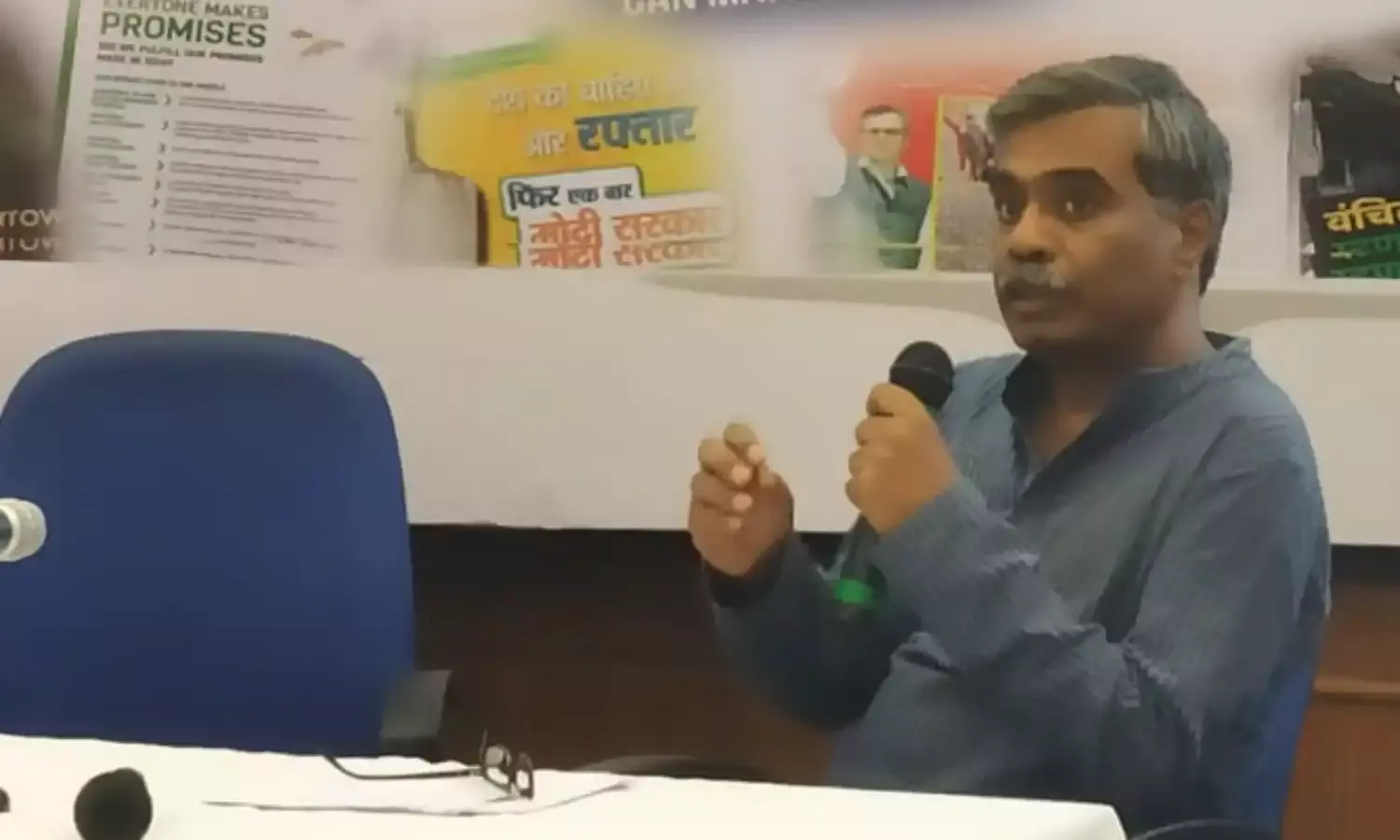'Voters Supported Centralisation of Power, Opposition Failed to Unite Against This'
#TCElects - From our Watch Party currently underway at the Press Club
The trends available now for the 2019 election - it's likely that the results will be close to what we are seeing, as over two hours have passed, and in previous elections the trend witnessed in this time tends to become established.
The atmosphere wasn’t like 2014. There was a lot of anger among people: the number of farmers and labourers on the streets of Delhi and beyond, hadn’t been seen for 20 years or more. It is established how much unemployment has increased, and how much suffering and destruction demonetisation and the GST caused. If we look at the development indicators, the government’s figures don’t tally with other sources.
With the minorities, we saw attack after attack, incident after incident. And there were also repeated attacks on the institutions of democracy. These institutions, which guarantee the decentralisation of power in a democracy, were close to finished. People had started saying Modi is the party, Modi is the country, and they made it happen.
What is important, is that people’s votes have gone in support of this direction. The 31% vote they got last time amounts to about 12% of the population, or 17% of the voting age population, and that seems to have increased by rather a large margin. But what counts is the number of seats, and we will see what happens.
Our politics, our ideology, our legacy of the freedom movement: the questions that were raised about these: were we able to bring these questions to the voters, to stand together and fight against the attack?
Take the bypoll examples from UP. In Kairana, Gorakhpur and Phulpur, it was seen that if the opposition fights together on these issues, defeat is ensured. No major leader went to campaign in these seats. The chief minister and deputy chief minister lost these seats, unprecendented in our history, because the opposition united on the issues.
The opposition seems to believe that any anti-government vote will of itself go with the opposition, without any effort on its part. The alliance formed in UP in 1990 when the Ram Temple movement was at its peak, was successful, and they formed the government there. This time the same SP-BSP alliance seems to have been unsuccessful. They were unable to put up the same kind of fight.
It is a similar story in West Bengal - a failure to fight against communal politics in a supposedly progressive state previously governed by the Left.
This is one of the biggest faultlines we need to confront. This failure to unite - on the issues, not on communal lines - and to take the questions to voters effectively. In face of the trends currently in evidence, we need to confront this political failure.
Anil Chamadia is editor of The Citizen Hindi.





